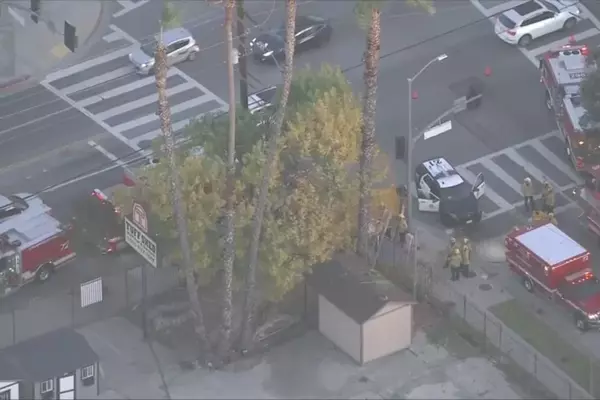
Once a thriving, vibrant neighbourhood in Gaza City, Zeitoun was known for its bustling markets, olive groves, and tight-knit community. Generations of families lived here, building lives, memories, and futures.
Today, Zeitoun is unrecognisable. Entire blocks have been flattened. Homes reduced to rubble, Al Jazeera’s Hani Mahmoud has been speaking with Palestinians who once called the neighbourhood home.
“We were sleeping, and at midnight, the roof collapsed on our heads, and the pieces were all over us. We woke up terrified. I put on my prayer gown and started to call my children. I called their names Ibrahim, Mahdi, Mohamed, Sanad. But I couldn’t see them because of all the rubble and the dust,” said Feryal Ahmed.
Israel has completely destroyed more than 1,000 buildings in the Zeitoun and Sabra neighbourhoods of Gaza City since it started its sustained assault on the city on August 6, trapping hundreds under the rubble, the Palestinian Civil Defence said earlier this month.
Israeli tanks have been rolling into the Sabra neighbourhood as Israel moves to fully occupy Gaza City, forcing close to 1 million Palestinians southwards to concentration zones.
The scale of destruction is staggering. What was once alive with sound and colour is now silent, grey, and buried in dust.
‘Everything in Zeitoun was beautiful’
“I will never forget Zeitoun as long as I’m still breathing. It is a tragedy. I am hurt by what the Israelis are doing to the neighbourhood … Everything in Zeitoun was beautiful – the birds, the water, the greenery, the farmlands, the olive trees,” said Mahdi Awad.
Neighbours who once gathered for meals in each other’s homes now sleep in the open, grieving and uncertain of tomorrow.
A number of houses were hit in Gaza City, which has been under severe attack – specifically its Zeitoun and Sabra neighbourhoods – for about a week now.
Beneath the mounds of debris and concrete lies a deeper wound: the displacement of families, the silencing of neighbourhoods, and the loss of history.
“The destruction is far greater than just the buildings in this neighbourhood. Most of the infrastructure and residential areas, schools, mosques, waterways and even pipelines and water networks have been severely damaged, which makes life and living here almost impossible,” said Asem al-Nabih, a Gaza municipality spokesperson.
For many young Palestinians, Zeitoun is not just a place on the map; it is the only home they have ever known.
“I learned there, I grew up there. I’m one of the children of the neighbourhood. I wish I could wake up and be told to go back. Even if my house has been bombed – and I’m sure it has – or if everything is gone, I still want to go back,” said Mahdi Khaled, a young Palestinian resident.
Despite the devastation, this longing is stronger than the fear of bombardment.
From life to rubble, and from rubble to longing — the story of Zeitoun lives on in its people. For them, home is not just walls and a roof; it is memory, belonging, and the determination to return.








